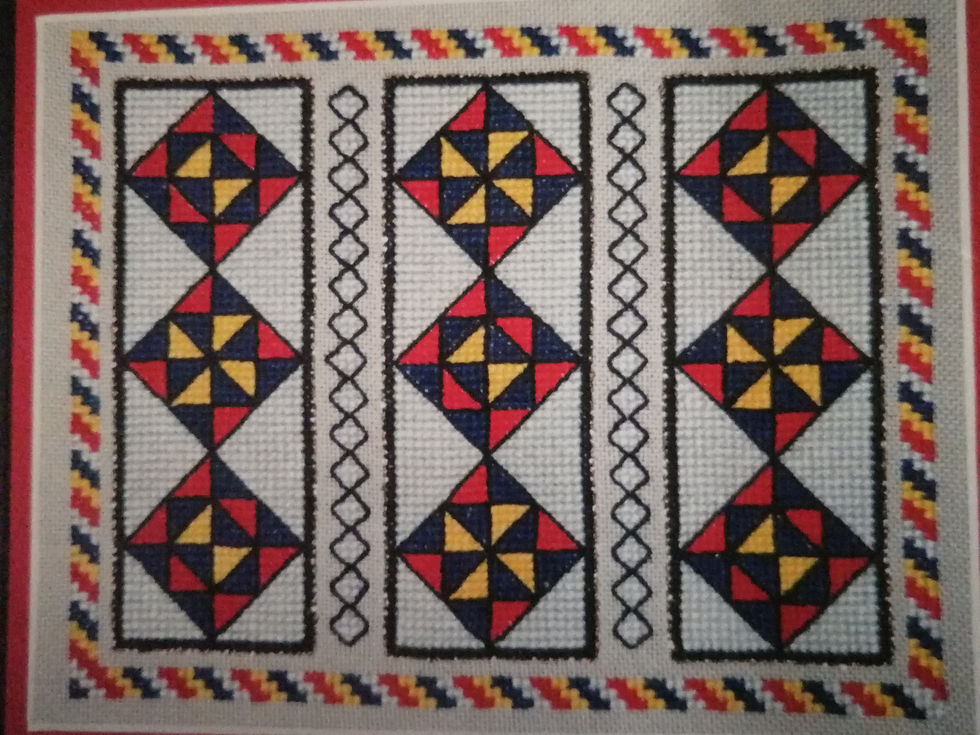Make it Mondays: Labor and the Needle Arts
- Anna Maria Junus
- Sep 7, 2020
- 3 min read
The day of making things
*****
Women have always worked for money.

The stereotype of the woman staying home taking care of her family with her unpaid labor, belongs to few women.
Women have worked throughout history. They've been farmers and shopkeepers, house cleaners and maids, cooks and governesses, artists and designers, they've done grinding menial labor, at low pay, and even had to sell their bodies to feed their children. Even the very elite have worked as ladies in waiting to queens and princesses.
One of the ways women have made money is through the needle arts. Lacework for the edges of collars and cuffs, knitted shawls in fine threads, tapestries to keep castle rooms warm, and dresses with yards and yards of fabric all hand sewn.
And not all of them sat by lovely fires stitching away. Many knitters walked with their knitting to the markets, or while stirring posts of soup, tending children, and on their way to berry picking or milking the cow.
When factories opened up and the need for handmade items lessened, women went to work in sweat shops in front of sewing machines and looms, trying desperately to keep up with the demand, hired by the piece and not by the hour. The work was hot and in 1911 in New York City, the Triangle Shirtwaist Factory caught on fire resulting in the deaths of 146 people, the great majority of them immigrant women.
It resulted in updated safety and labor laws to protect workers.

You can still make money with handwork, although it's hard to do. And if you commission someone, be prepared to pay for it. Now, the emphasis is on providing supplies for people to do their own handwork. I've worked stitching cover models, and I was also employed in a yarn shop.

When I wrote Thimble Fingers, (the needlework shop) and Rumplestiltskeins (the yarn shop) I had some background.

So in honor of Labor Day, I'm posting some of the things I've made for money. These are the cross stitch model pieces.

I searched for a picture of a cross stitch piece I did that I did that made me decide never to work doing cover models again. It was an antique style sampler, in black on cream 40 count fabric over one thread. It took forever. I was paid 200 dollars for it. I did not enjoy it. I went looking for the picture but I can't find it.

And here are some things I made for the store to help sell yarn. I wasn't paid directly for those like I was for the model pieces. Instead I was given the yarn and made them while I was working in the store. The idea being two fold. One is that it then becomes an example of the yarn, the other is that customers will see you knitting and ask about the pattern and the yarn and even the needles you use. It's the best part of working in a yarn shop.

The reason it's toques, cowls and scarves is that they can be made with one ball of yarn and doesn't take very long.

The self-striping Noro lace yarn was not selling. So I grabbed a ball and made this scarf to show people what the yarn would do. The yarn sold out after the scarf was made.

Happy Labor Day to all those women who work for money.
And happy Labor Day to all those women who work for hugs and kisses from littles.
Been there, done that too.

























Comments